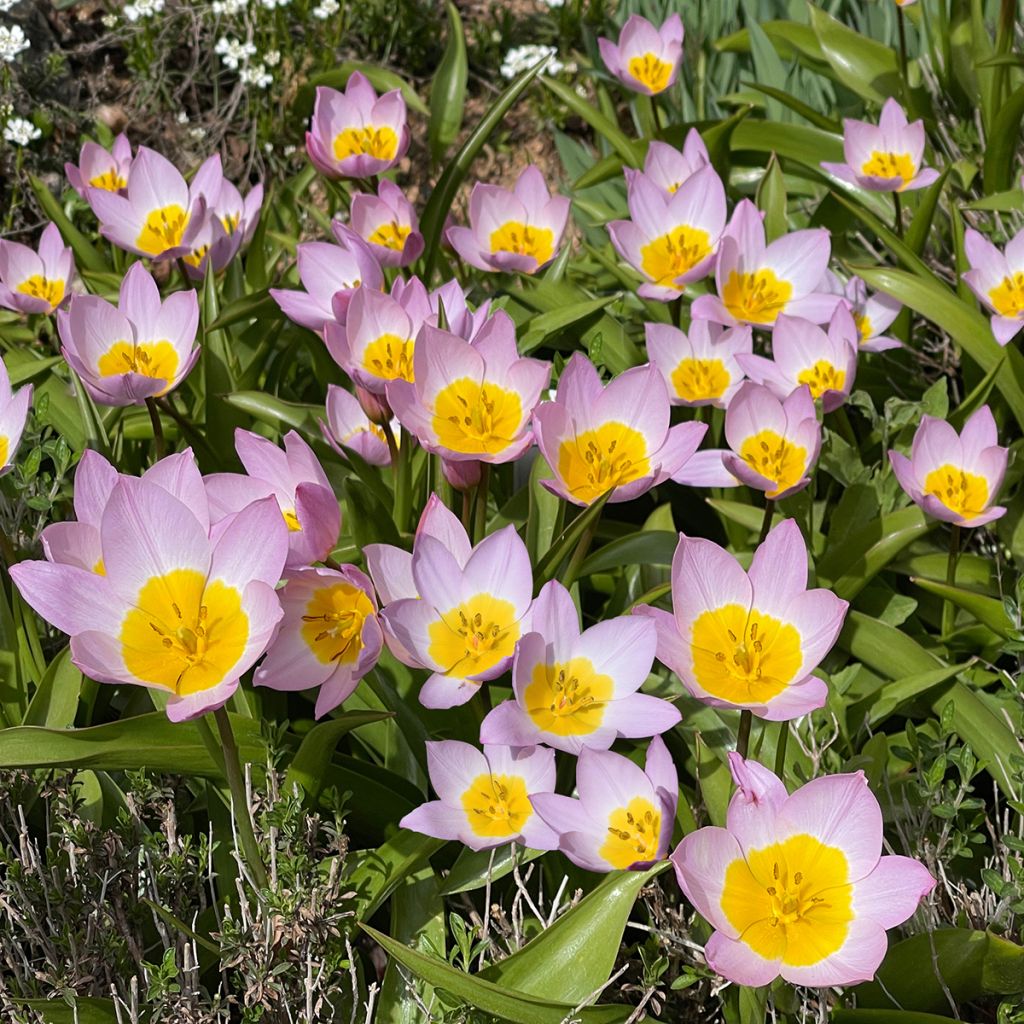

Tulipa bakeri Lilac Wonder


Tulipa bakeri Lilac Wonder
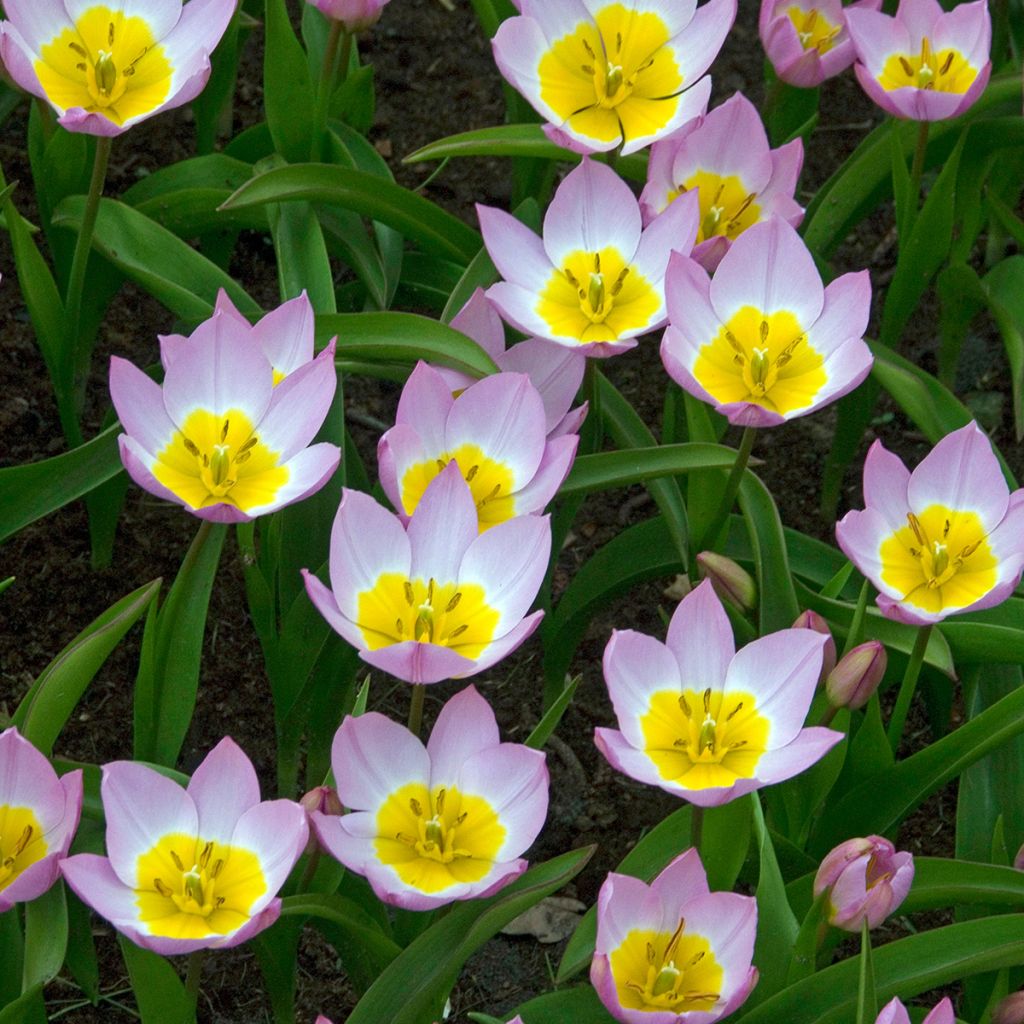

Tulipa bakeri Lilac Wonder


Tulipa bakeri Lilac Wonder
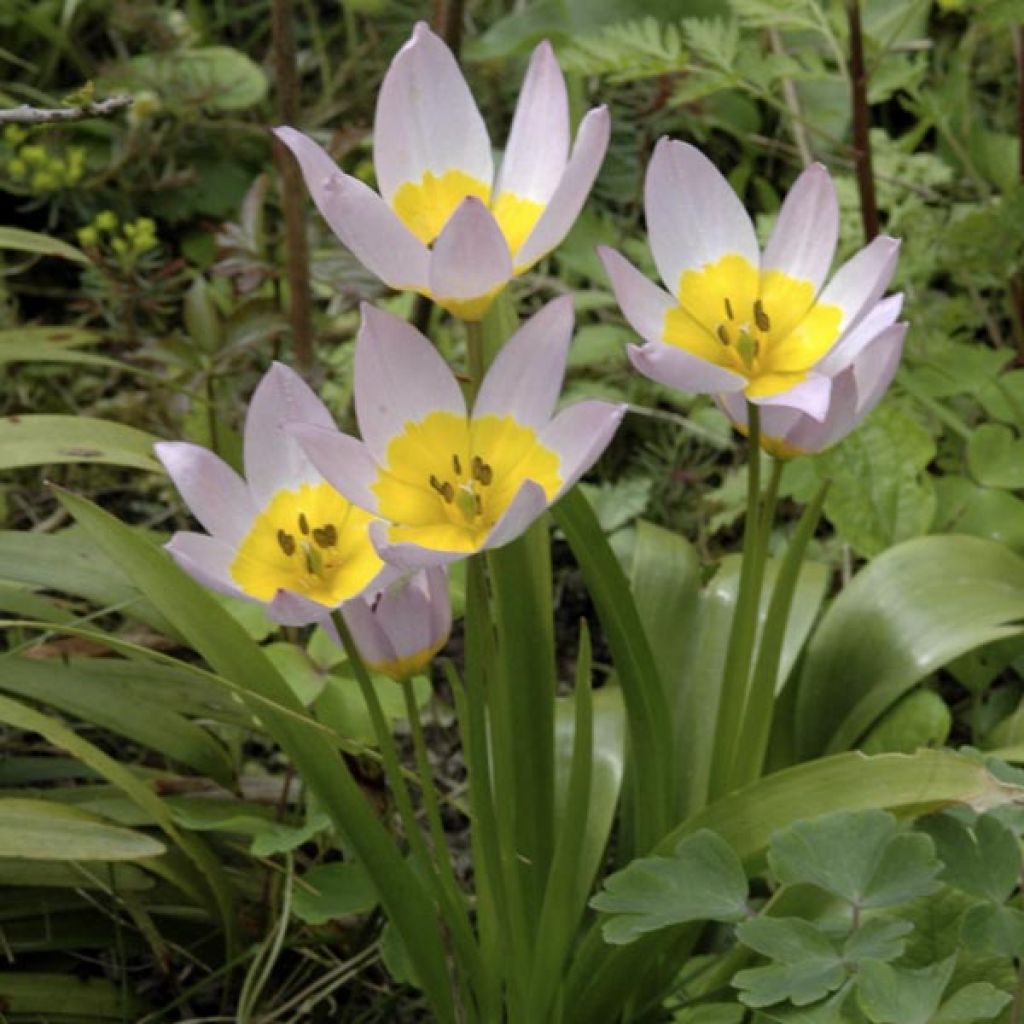

Tulipa bakeri Lilac Wonder
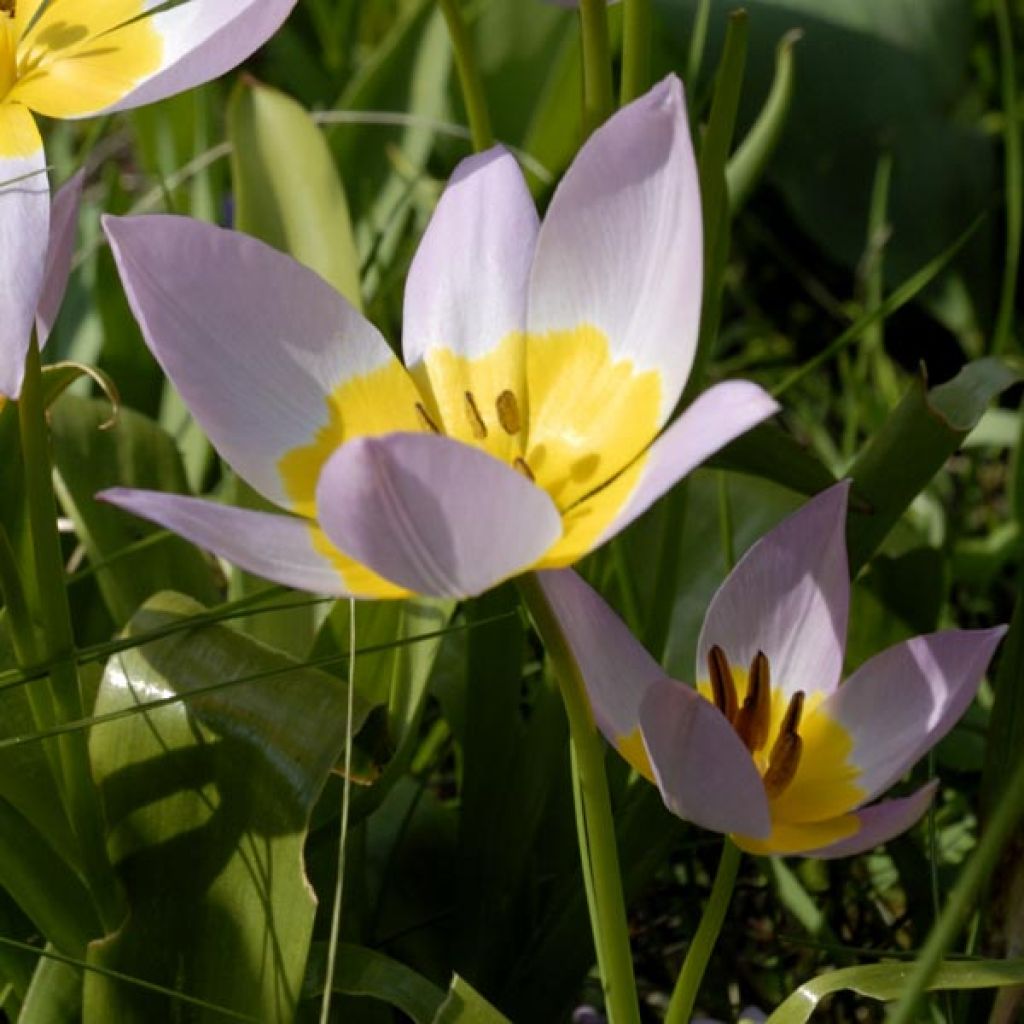

Tulipa bakeri Lilac Wonder
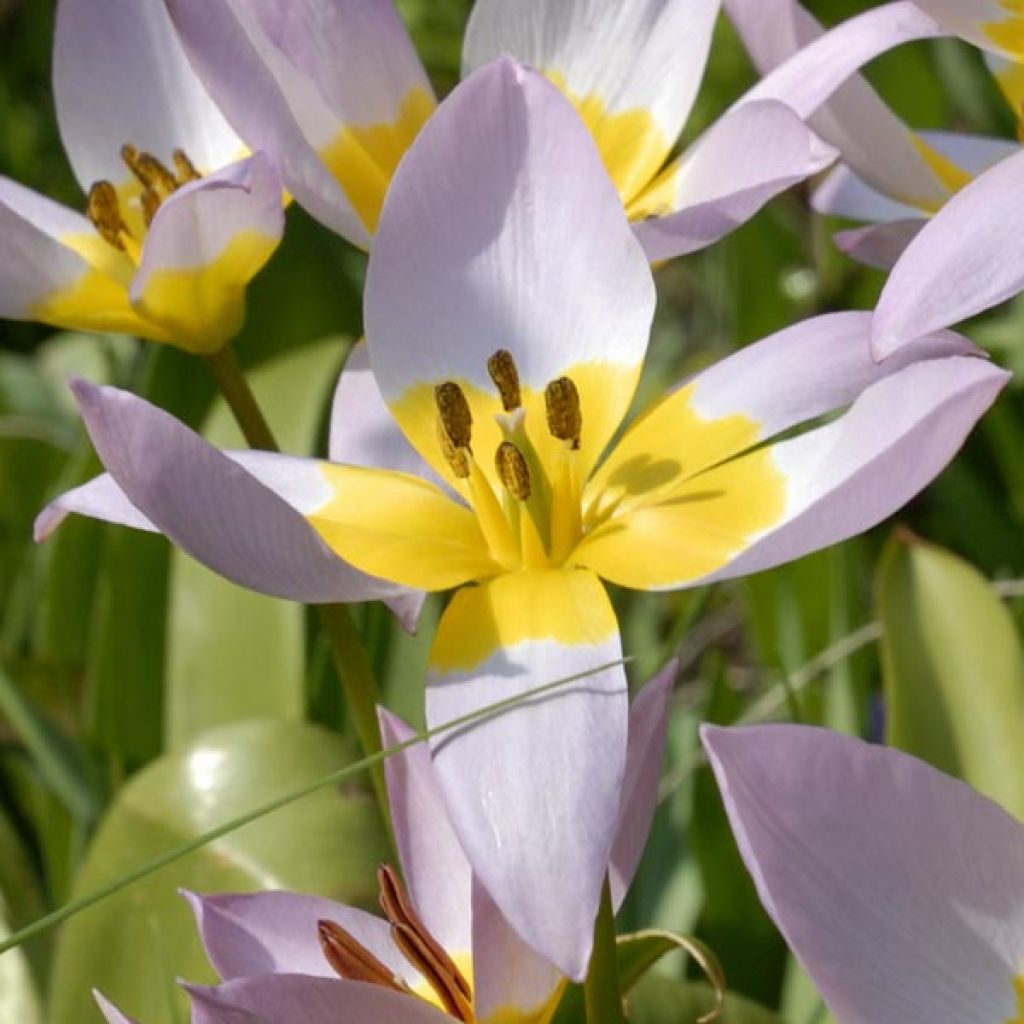

Tulipa bakeri Lilac Wonder
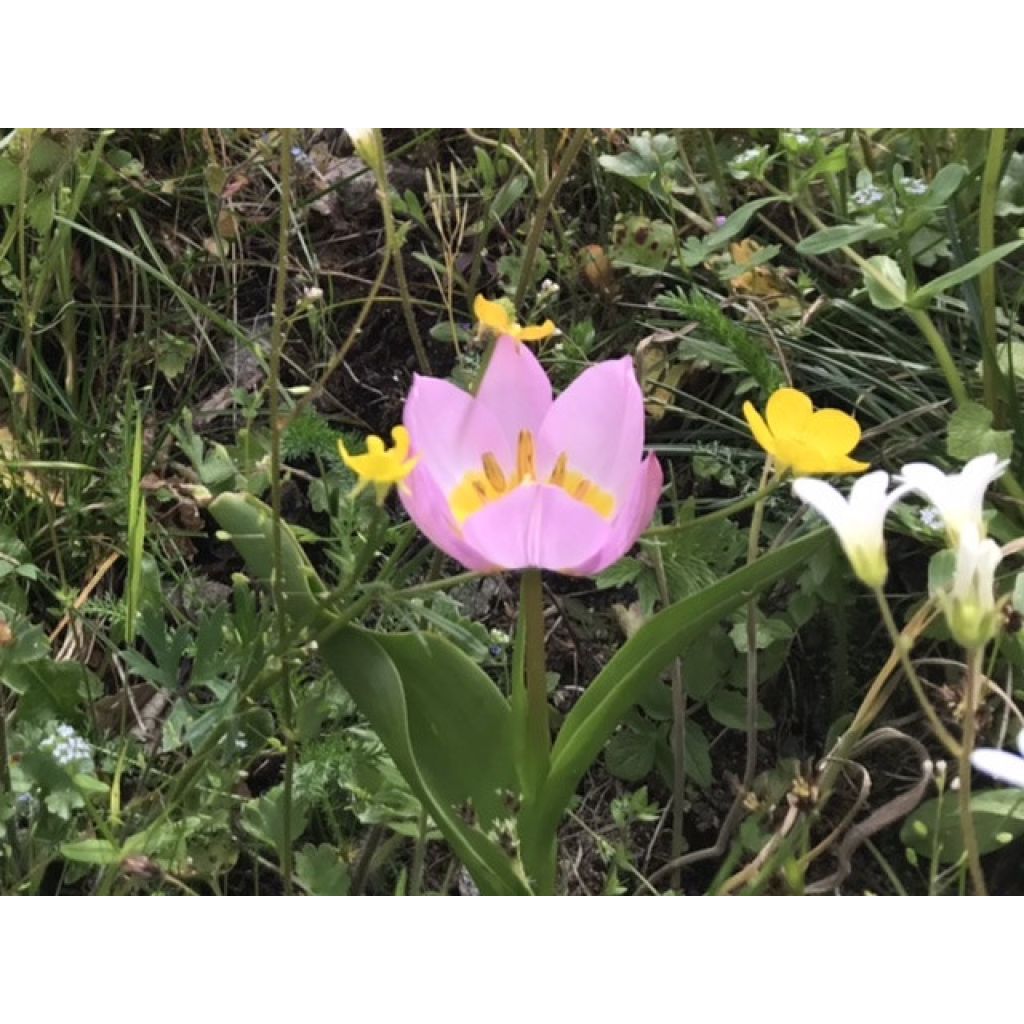

Tulipa bakeri Lilac Wonder


Tulipa bakeri Lilac Wonder


Tulipa bakeri Lilac Wonder
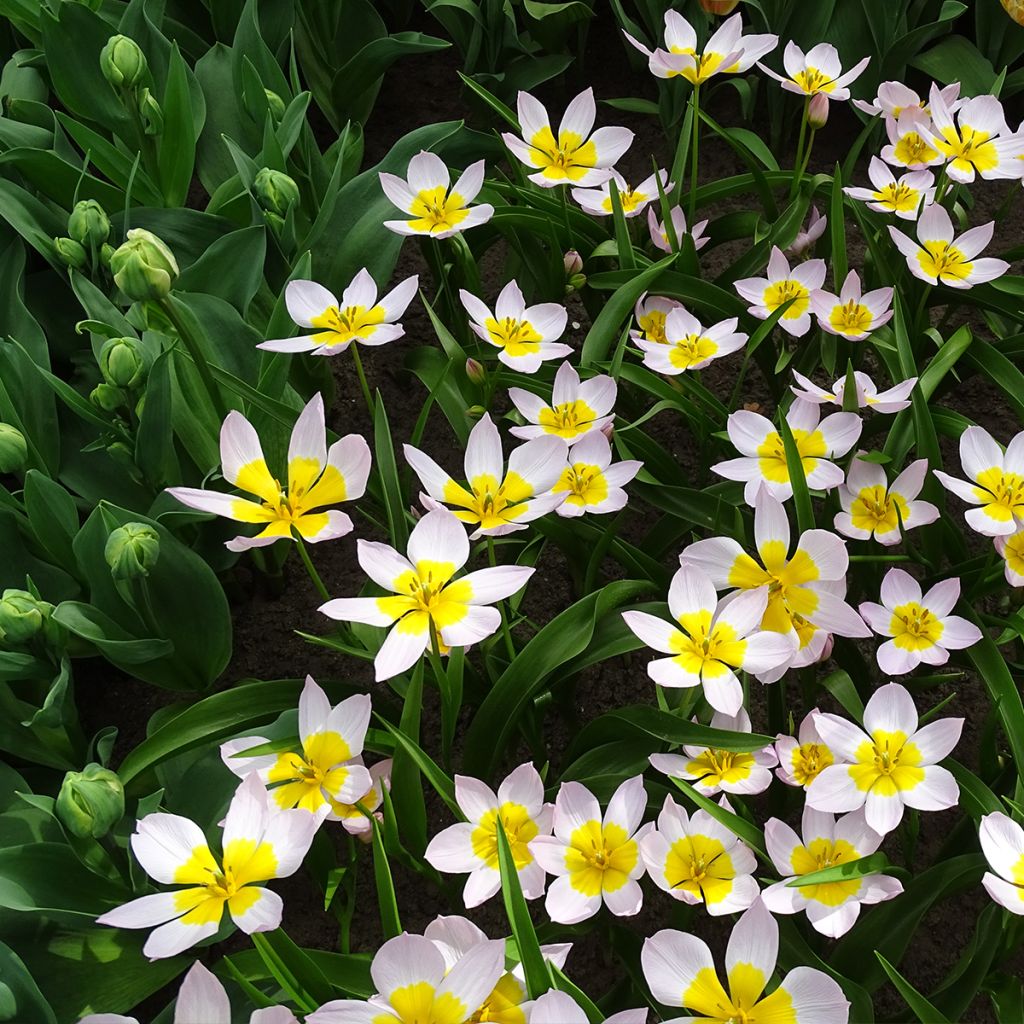

Tulipa bakeri Lilac Wonder
Tulipa bakeri Lilac Wonder
Tulipa bakeri Lilac Wonder
Candia Tulip, Cretan Tulip
This plant carries a 6 months recovery warranty
More information
We guarantee the quality of our plants for a full growing cycle, and will replace at our expense any plant that fails to recover under normal climatic and planting conditions.
From €5.90 for pickup delivery and €6.90 for home delivery
Express home delivery from €8.90.


Does this plant fit my garden?
Set up your Plantfit profile →
Description
The botanical variety Tulipa bakeri 'Lilac Wonder' is beautiful and original. Of small size, it easily fits in the front of flowerbeds and opens its corolla widely under the spring sun. It reveals a large bright yellow heart, drawn on its pink petals with lilac reflections. The contrast is striking and particularly delightful in April. Present in the foreground of flowerbeds, as well as in pots, it thrives in most climates and faithfully returns each year.
Belonging to the family of Liliaceae, the bakeri Tulip has seductive characteristics: small in size, it reaches about fifteen centimeters and can be placed at the edge of pathways, as well as in rock gardens alongside all the early small bulbs. 'Lilac Wonder' will also thrive in balcony planters to brighten window sills and in containers on the terrace for spring compositions. Moreover, it does not disappear after a few years of cultivation. More perennial than horticultural tulips, it renews the charm of spring for a longer period. Native to Central Asia, this botanical Tulip is hardy, robust, and withstands the cold. They prefer a rather well-drained soil and can tolerate a less rich substrate.
'Lilac Wonder' has beautiful tender green, lanceolate, ribbon-shaped leaves, 10 cm (4in) long. Rather thick, they are, of course, sheathing. From the month of April, beautiful corollas unfold in a range of vibrant and tender shades. Perched on a sturdy stem, the cup is formed by petals ending in a point. These have an original feature: their base is painted with a very bright yellow. It then appears to form a large heart, surrounded by a fine white shadow and surrounded by a barely lilac pink hue. Their full bloom in the sun is a daily pleasure.
Associated with all the small bulbs in cheerful colours, the 'Lilac Wonder' bakeri Tulip enchants the edges of flowerbeds at the end of winter. Easy, sturdy, and low-maintenance, it reappears vigorously each year and allows for staggered flowering with Crocuses, Muscaris, and Daffodils in lively and charming compositions. It weaves its way at the feet of bushes and illuminates pots near entrances.
Report an error about the product description
Plant habit
Flowering
Foliage
Botanical data
Tulipa
bakeri
Lilac Wonder
Liliaceae
Candia Tulip, Cretan Tulip
Cultivar or hybrid
Planting and care
The bulbs of Tulipa bakeri 'Lilac Wonder' are planted in the autumn, from September to December, spacing them 5 to 10 cm (2 to 4in) apart, at a depth of 8-10 cm (3-4in) (Bulbs should be covered with soil twice their height). You can plant them in the ground or in a container. They will also appreciate a rockery in a non-burning exposure.
The planting should be done in ordinary soil, slightly acidic, neutral, or slightly alkaline, loose, well-worked, and well-draining. Never add uncomposted manure or compost to the planting soil, as this could cause the bulbs to rot. Also, avoid bulbs touching each other. Tulipa bakeri 'Lilac wonder' will grow well in moist to dry soil in a sunny or even partially shaded exposure.
After flowering, their faded foliage becomes unsightly, so we recommend planting Heucheras, Tiarellas, or Brunneras in the foreground of your flowerbeds. Their foliage will enhance the colours of your tulips, and during the season, they will elegantly hide the yellowed leaves. To prevent the bulb from exhausting itself, it is preferable to cut the faded flowers before they form seedheads.
Planting period
Intended location
Care
-
, onOrder confirmed
Reply from on Promesse de fleurs
Haven't found what you were looking for?
Hardiness is the lowest winter temperature a plant can endure without suffering serious damage or even dying. However, hardiness is affected by location (a sheltered area, such as a patio), protection (winter cover) and soil type (hardiness is improved by well-drained soil).

Photo Sharing Terms & Conditions
In order to encourage gardeners to interact and share their experiences, Promesse de fleurs offers various media enabling content to be uploaded onto its Site - in particular via the ‘Photo sharing’ module.
The User agrees to refrain from:
- Posting any content that is illegal, prejudicial, insulting, racist, inciteful to hatred, revisionist, contrary to public decency, that infringes on privacy or on the privacy rights of third parties, in particular the publicity rights of persons and goods, intellectual property rights, or the right to privacy.
- Submitting content on behalf of a third party;
- Impersonate the identity of a third party and/or publish any personal information about a third party;
In general, the User undertakes to refrain from any unethical behaviour.
All Content (in particular text, comments, files, images, photos, videos, creative works, etc.), which may be subject to property or intellectual property rights, image or other private rights, shall remain the property of the User, subject to the limited rights granted by the terms of the licence granted by Promesse de fleurs as stated below. Users are at liberty to publish or not to publish such Content on the Site, notably via the ‘Photo Sharing’ facility, and accept that this Content shall be made public and freely accessible, notably on the Internet.
Users further acknowledge, undertake to have ,and guarantee that they hold all necessary rights and permissions to publish such material on the Site, in particular with regard to the legislation in force pertaining to any privacy, property, intellectual property, image, or contractual rights, or rights of any other nature. By publishing such Content on the Site, Users acknowledge accepting full liability as publishers of the Content within the meaning of the law, and grant Promesse de fleurs, free of charge, an inclusive, worldwide licence for the said Content for the entire duration of its publication, including all reproduction, representation, up/downloading, displaying, performing, transmission, and storage rights.
Users also grant permission for their name to be linked to the Content and accept that this link may not always be made available.
By engaging in posting material, Users consent to their Content becoming automatically accessible on the Internet, in particular on other sites and/or blogs and/or web pages of the Promesse de fleurs site, including in particular social pages and the Promesse de fleurs catalogue.
Users may secure the removal of entrusted content free of charge by issuing a simple request via our contact form.
The flowering period indicated on our website applies to countries and regions located in USDA zone 8 (France, the United Kingdom, Ireland, the Netherlands, etc.)
It will vary according to where you live:
- In zones 9 to 10 (Italy, Spain, Greece, etc.), flowering will occur about 2 to 4 weeks earlier.
- In zones 6 to 7 (Germany, Poland, Slovenia, and lower mountainous regions), flowering will be delayed by 2 to 3 weeks.
- In zone 5 (Central Europe, Scandinavia), blooming will be delayed by 3 to 5 weeks.
In temperate climates, pruning of spring-flowering shrubs (forsythia, spireas, etc.) should be done just after flowering.
Pruning of summer-flowering shrubs (Indian Lilac, Perovskia, etc.) can be done in winter or spring.
In cold regions as well as with frost-sensitive plants, avoid pruning too early when severe frosts may still occur.
The planting period indicated on our website applies to countries and regions located in USDA zone 8 (France, United Kingdom, Ireland, Netherlands).
It will vary according to where you live:
- In Mediterranean zones (Marseille, Madrid, Milan, etc.), autumn and winter are the best planting periods.
- In continental zones (Strasbourg, Munich, Vienna, etc.), delay planting by 2 to 3 weeks in spring and bring it forward by 2 to 4 weeks in autumn.
- In mountainous regions (the Alps, Pyrenees, Carpathians, etc.), it is best to plant in late spring (May-June) or late summer (August-September).
The harvesting period indicated on our website applies to countries and regions in USDA zone 8 (France, England, Ireland, the Netherlands).
In colder areas (Scandinavia, Poland, Austria...) fruit and vegetable harvests are likely to be delayed by 3-4 weeks.
In warmer areas (Italy, Spain, Greece, etc.), harvesting will probably take place earlier, depending on weather conditions.
The sowing periods indicated on our website apply to countries and regions within USDA Zone 8 (France, UK, Ireland, Netherlands).
In colder areas (Scandinavia, Poland, Austria...), delay any outdoor sowing by 3-4 weeks, or sow under glass.
In warmer climes (Italy, Spain, Greece, etc.), bring outdoor sowing forward by a few weeks.


































